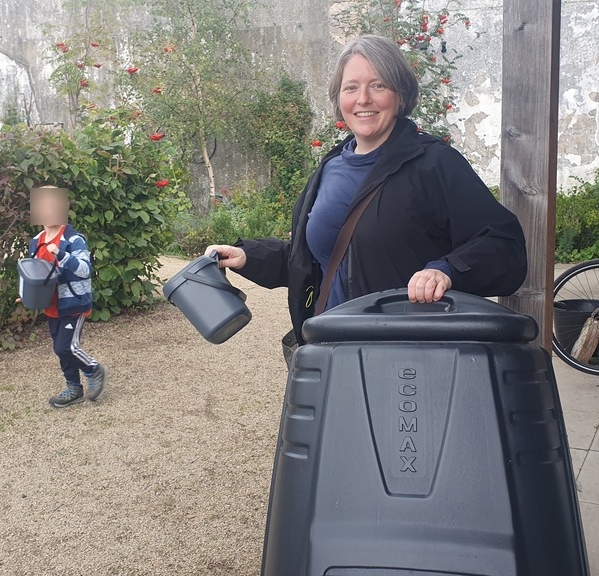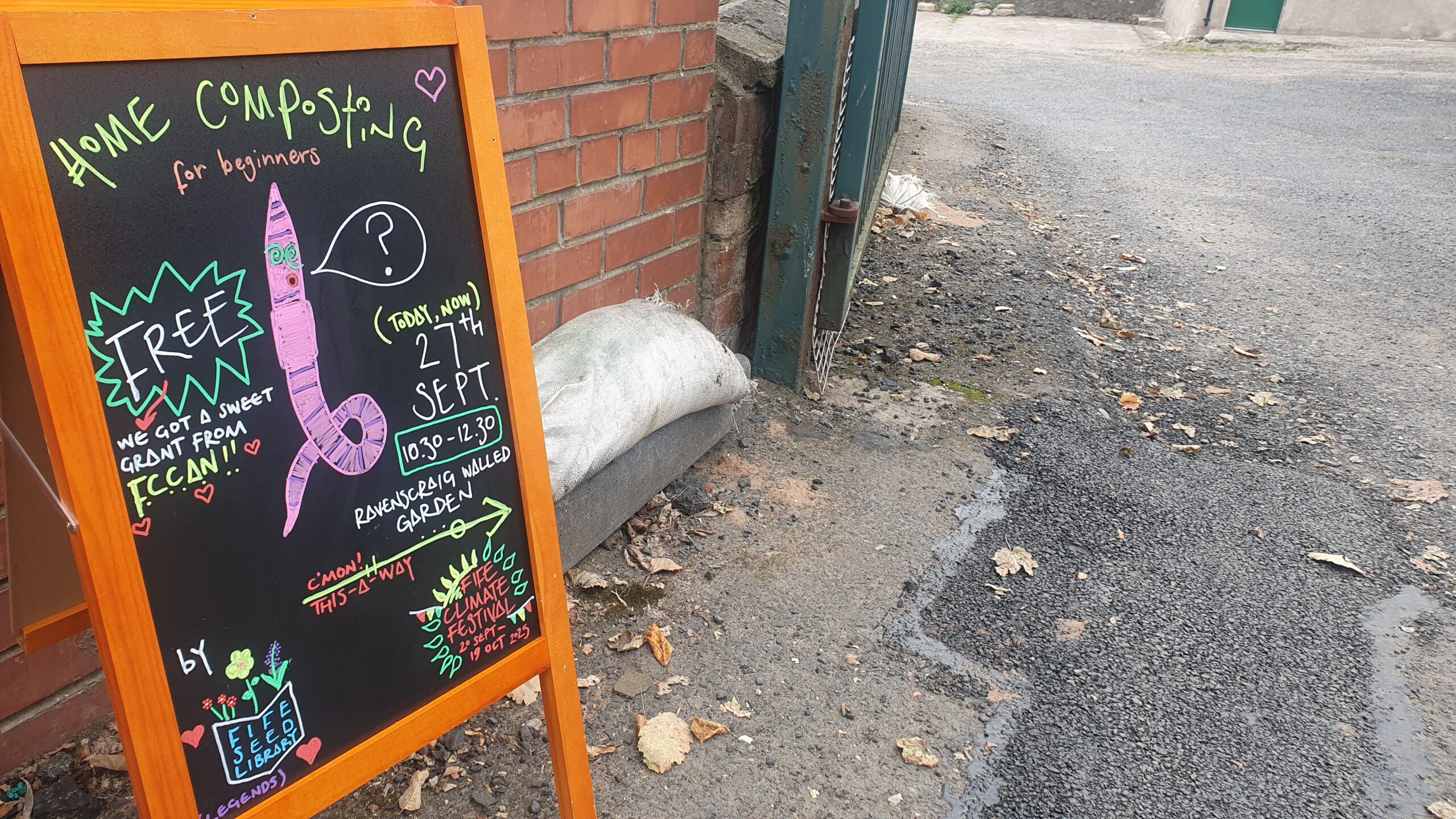Yesterday we held Fife Seed Library’s first workshop, Home Composting for Beginners, at Ravenscraig Walled Garden, as part of the Fife Climate Festival. The event was funded by Fife Communities Climate Action Network (FCCAN), to whom we are extremely grateful!
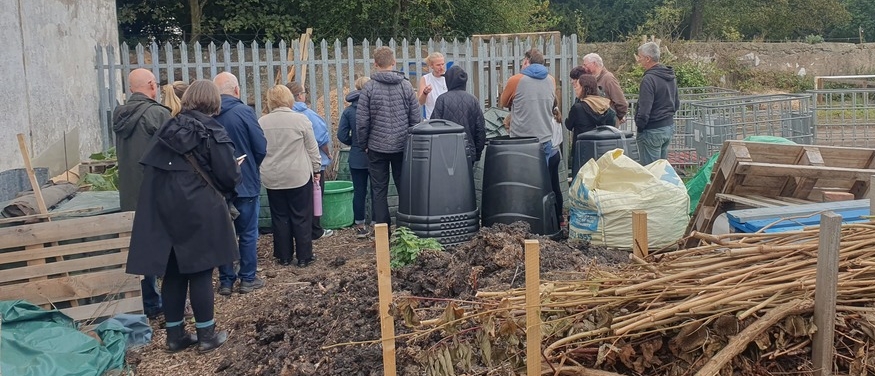
17 attendees from 14 different households joined us for the session, and 10 of those households took home a food waste kitchen caddy and a 220L garden compost bin to begin their home composting journey immediately.
Read on for an overview of what we discussed (and some things that we forgot to mention) at yesterday’s session.
1. Soil health
Soil is a fundamental element of any successful, thriving green space, and yet it is often overlooked in the gardening world. I have witnessed many concerning results of soil tests in Fife, revealing a strong presence of heavy metals, chemical leachate and all the weird stuff that pops up in post-industrial mining areas of the country. Exposure to these dangerous elements has revealed worrying connections with serious health issues, including mental health, and largely… we don’t talk about them.
Approximately one quarter of all biodiversity on earth exists in the top 10cm of soil, and as such it is both enormously fragile and yet, accessible to our efforts to support it.
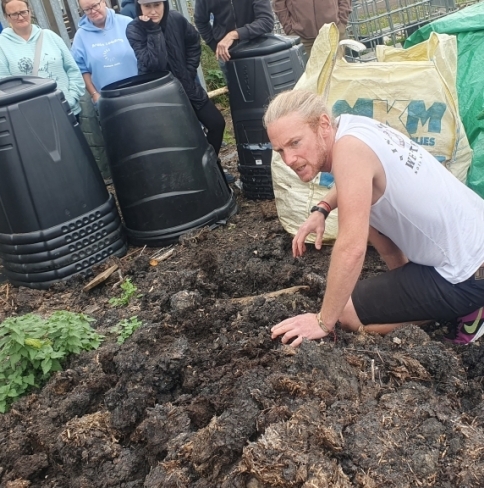
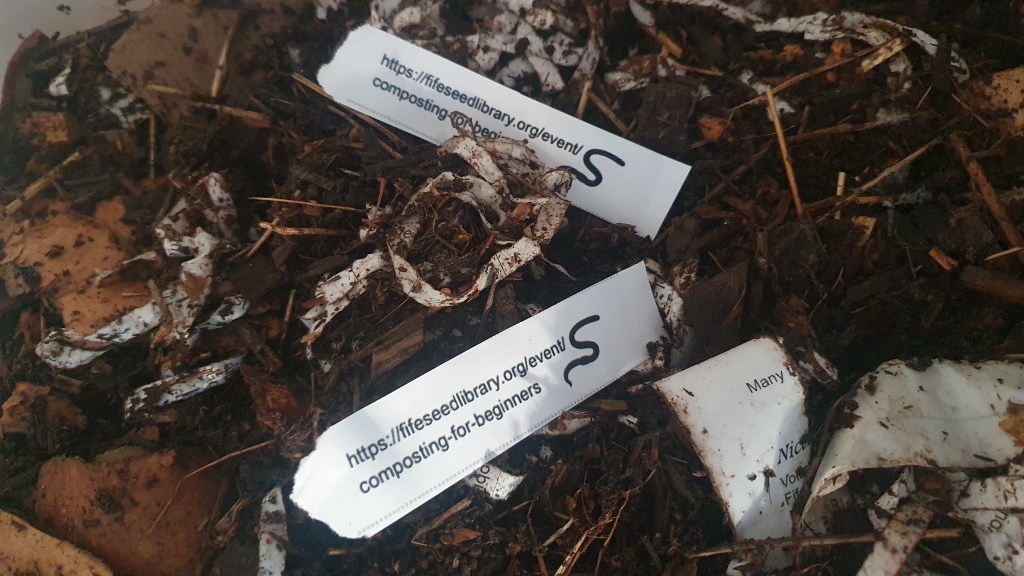
There are many simple remediative practices that are possible in the poisoned garden, including the planting of potatoes to ‘clean’ the soil, and also the planting of willow, which has a phytoremediative (cleans using microorganisms) effect. As the focus is compost this time, we’re going to discuss SOIL BUILDING.
2. Soil building
There are three fundamentals of soil building:
- Improve the structure
- Boost the nutrition
- Encourage biodiversity
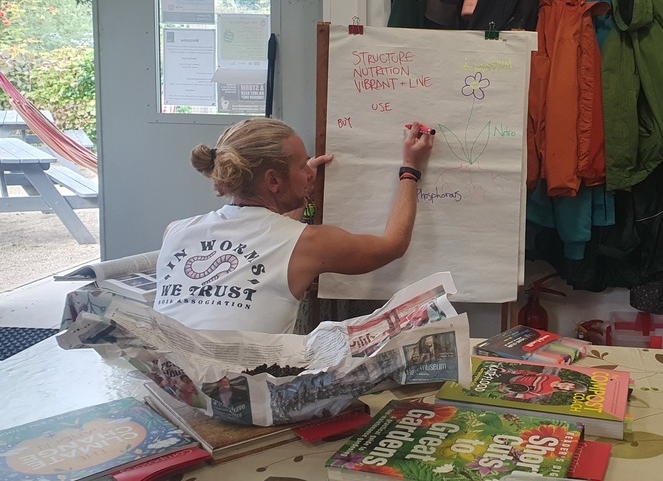
This means that instead of trying to work with soil that is devoid of life, too wet or too dry, compacted, and nutritionally depleted, our aim is to create healthy, active, living soil that retains and releases moisture in regulation, and is nutritionally rich and diverse to better serve our plants.
The ecosystem of healthy soil features a few key players:
- Bacteria – 10 billion per gram, bacteria are single-cell decomposition specialists.
- Protozoa – Feed on bacteria, process nutrients, and form symbiotic relationships with plants.
- Nematodes – Microscopic worms that host bacteria, recycle nutrients, and regulate the ecosystem.
- Micorrhizae – Plant symbionts, they assist enormously in nutrient exchange and decomposition.
- Insects and invertebrates – Mixers, hunters, sorters, aerators, poopers, recyclers… micro-landscapers!
While this miniature (but complex) ecosystem is difficult to visualise and physically perceive, by understanding what healthy soil needs, we can create nutrient-rich habitats where these creatures can flourish, whether we can see them or not!
3. Healthy mixtures
Plant life on Earth needs a few key elements:
- Nitrogen (N) – Leaf and stem structural component, essential for effective photosynthesis.
- Phosphorous (P) – Supports healthy roots and aids in plants’ immune systems and general health.
- Potassium (K) – Essential for flower production and consequent fruit production.
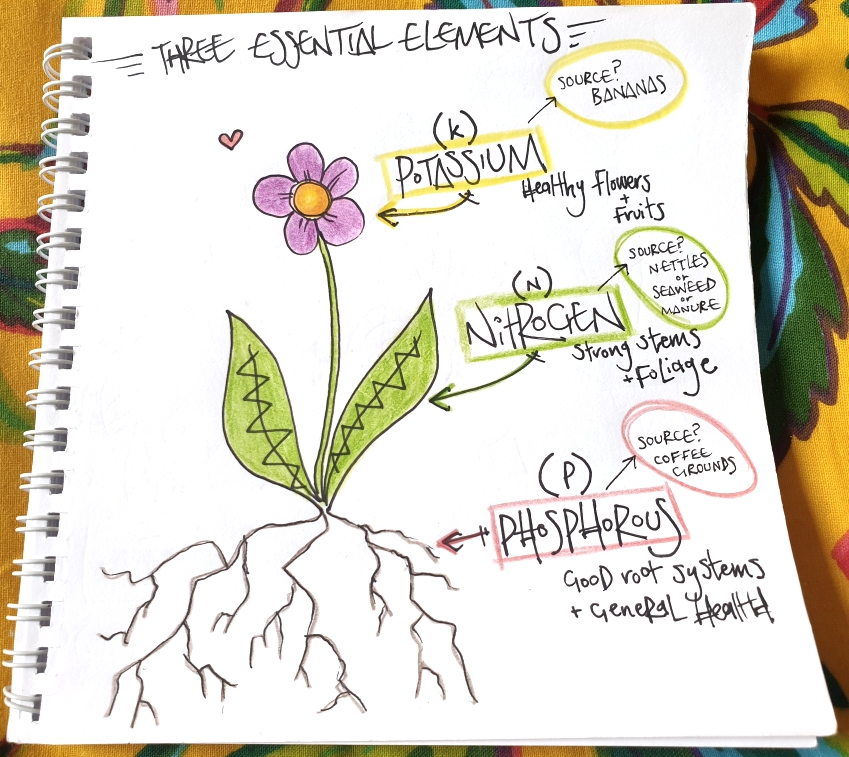
Look on any bag of pre-mixed compost and you will see an N:P:K Ratio- some are mixed especially for flowering, fruiting plants, and some are more for the leafy lads. The mix that you will make at home will likely be nitrogen heavy, unless you live on a diet of bananas and coffee! Seaweed is an abundant source of nitrogen and is easily accessible almost anywhere in coastal Fife (forage responsibly: only take washed up, high tideline seaweed and don’t take too much).
With this in mind as we create our compost mixture, let’s get some hard rules on what should and shouldn’t go into the mix, and where in our waste products we can find those key elements.
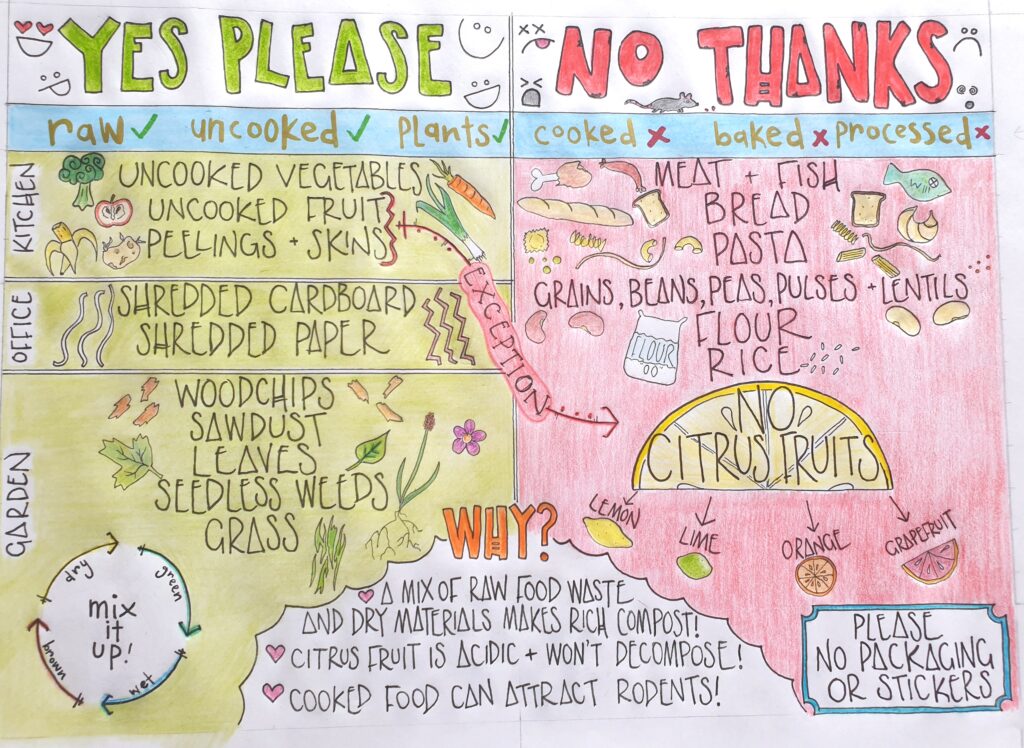
Mixing up a balance of green and brown materials is important. When adding to your compost bin, ensure that there’s a rough mix of wet and dry materials, enough air and moisture in the pile, and that it isn’t looking too sludgy or too dry, and you’ll be golden. Your compost shouldn’t smell, should generate a little bit of heat, and the mix should change shape and composition as it gradually breaks down.
The presence of worms in the pile is an excellent sign that you have got the mix right. Stalled or inactive compost bins will be very obvious when you look at them, as they will be the same as the last time you checked in on them! Don’t worry though – if your pile has stalled, you can simply dig it all out, re-balance it, and the process will pick up again.
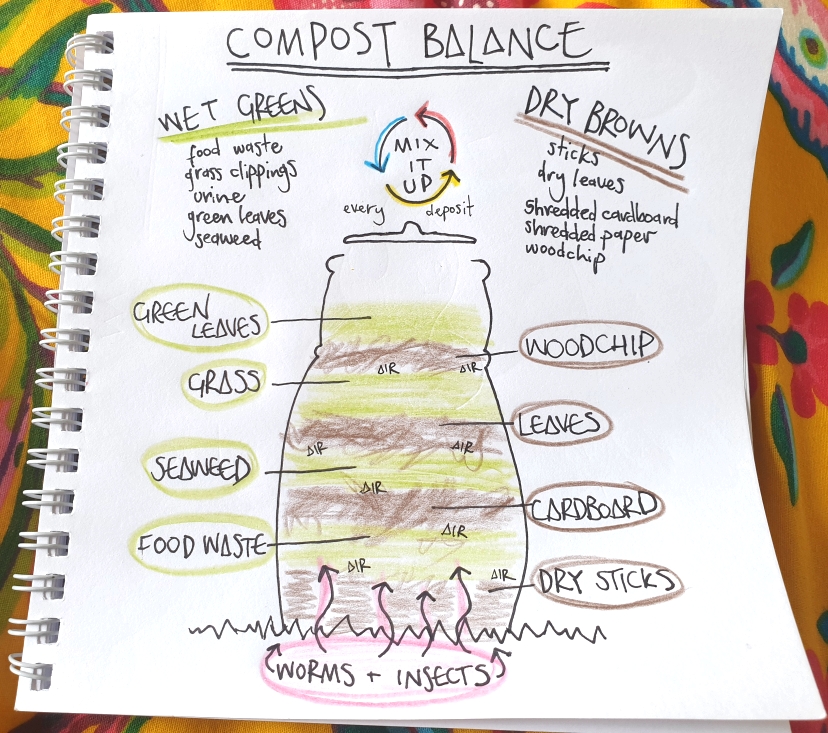
A healthy, happy, actively decomposing pile will have enough fuel (food waste, garden trimmings), sufficient air flow (pockets of dry sticks, leaves, shredded cardboard), and some form of ignition (manure, nettles, comfrey) that will speed the decomposition process along. These activator materials generate a large amount of heat as they break down, making the pile warmer and more conducive to the decomposition process.
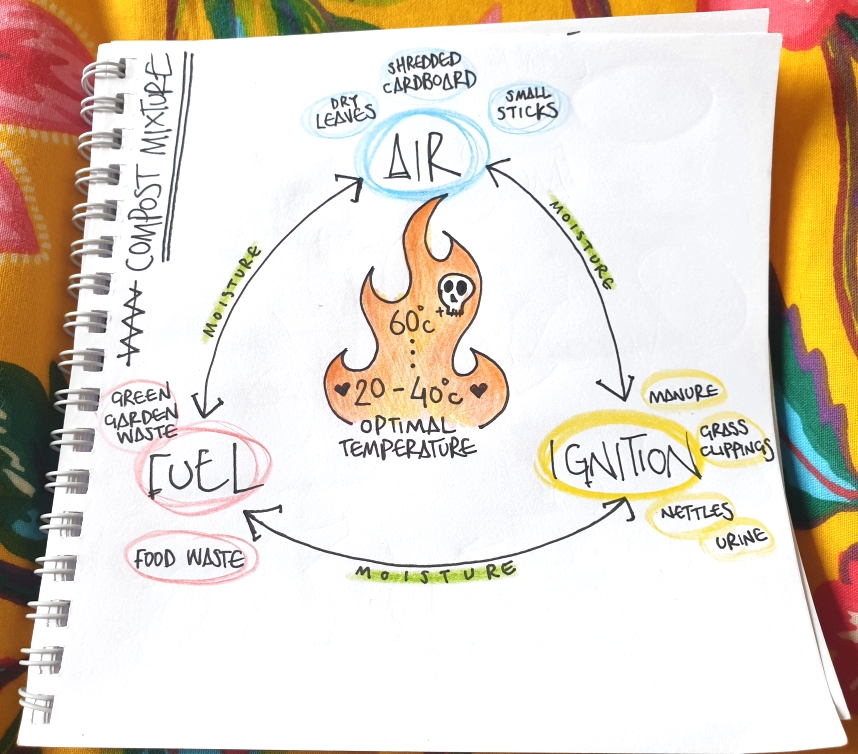
Heating the pile above 60ºc will kill any weed seeds and eliminate some pathogens, but is a bit too hot for the bacteria and worms to survive, so don’t treat it like a furnace, as tempting as it might be! A short ‘blast phase’ of temperatures above 60ºc is recommended, then aim to maintain a more chill and steady temperature for the rest of the process. Urine (classed as a green) is a valuable addition to the compost pile, and will also assist in moisture regulation at the same time. Either bottle it to pour later or add it directly if decency and physical dexterity allow.
4. The big bin
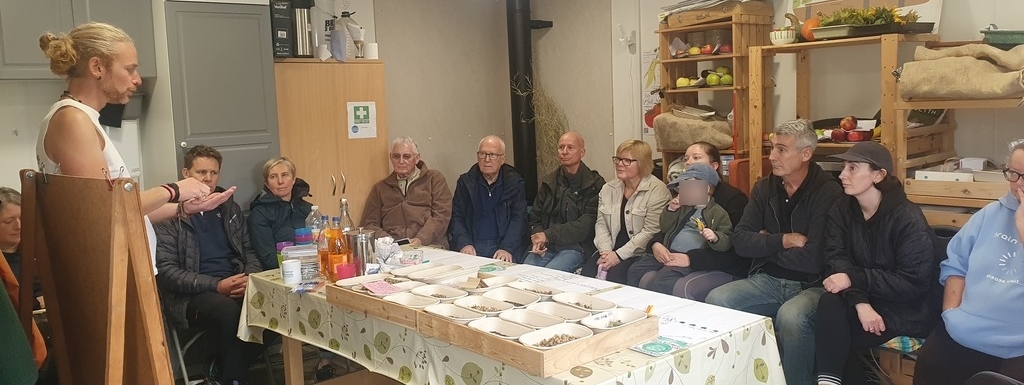
The optimal location of the outdoor compost bin will be somewhere easily accessible, relatively equidistant between kitchen and garden, and essentially, in connection with the soil beneath it. Many of the beneficial insects, invertebrates and microorganisms will rise up from the soil beneath, and we don’t want to hinder their passage by placing the bin on concrete, gravel or slabs.
Imagine how you will feel on a cold and rainy December night when it’s your turn to take out the caddy, or how much effort you want to use moving the completed compost to the veggie beds. I would advise placing the bin in an east or west facing corner of the garden, as we want a bit of the sun’s warmth to find it throughout the day, but we don’t want to freeze it or cook it in north or south facing sites.
You will most likely have a steady stream of green materials coming from the kitchen, so it is advisable to have a store of dry, brown materials on hand near the big bin itself. Dry leaves, small sticks, woodchip, sawdust, shredded paper, some plain cardboard packaging, egg boxes… keep these nearby and make sure everyone who is adding to your bin knows how to mix.
No random lasagne deposits!
5. Timing
The amount of time it takes to create compost varies enormously, but with the right mix, a bit of warmth, and a good turning halfway through, your compost should be ready to apply to the garden in 6-8 months.
As we are heading into winter, the pile may break down more slowly than in the summer, so make sure to be adding a steady stream of activator materials where possible as the season progresses, and perhaps invest in a compost thermometer to better understand what is going on in there. Anywhere under 20ºC and your compost probably isn’t decomposing as fast as it should.
Excavation is conducted through the front door on the bottom of the bin, and with care, you should be able to extract some finished compost from the bottom without disturbing the still-processing layers above. In an ideal world, you would have multiple bins, filling one bin to the top and leaving it alone for an entire year, adding to the other one in the meantime. But from experience, that rarely happens in small-scale home composting scenarios, so we do what we can.
If your compost pile contains a large amount of manure, either horse, poultry or small animal, then be sure to allow it sufficient time to rot down, as this mix will be too high in nitrogen and can negatively affect plants, causing foliage to turn yellow.
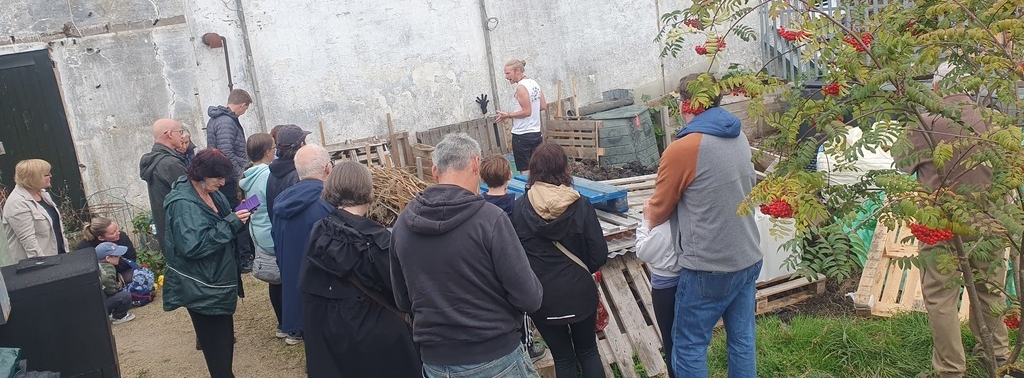
Troubleshooting
Compost too wet?
Add more dry, brown, carbon rich materials, and turn it to ensure better air flow.
Compost too dry?
Add more wet, green, nitrogen rich materials, add rainwater or urine.
Compost looks inactive?
Dig it out and assess. Re-mixing with greens and browns should restart it.
Compost smells? Possible anaerobic decomposition, or contamination with meat/dairy. Dig out and reassess.
Compost has lots of flies?
Fruit flies: cover any exposed fruit waste with sawdust, soil, or grass.
Bluebottles: possible contamination with decaying meat; dig out and reassess.
Compost has no worms?
Ensure sufficient food and airflow, regulate temperature, perhaps add some with manure or healthy soil from the garden.
I can’t get enough information about composting!
We recommend digging into The Compost Coach by Kate Flood.
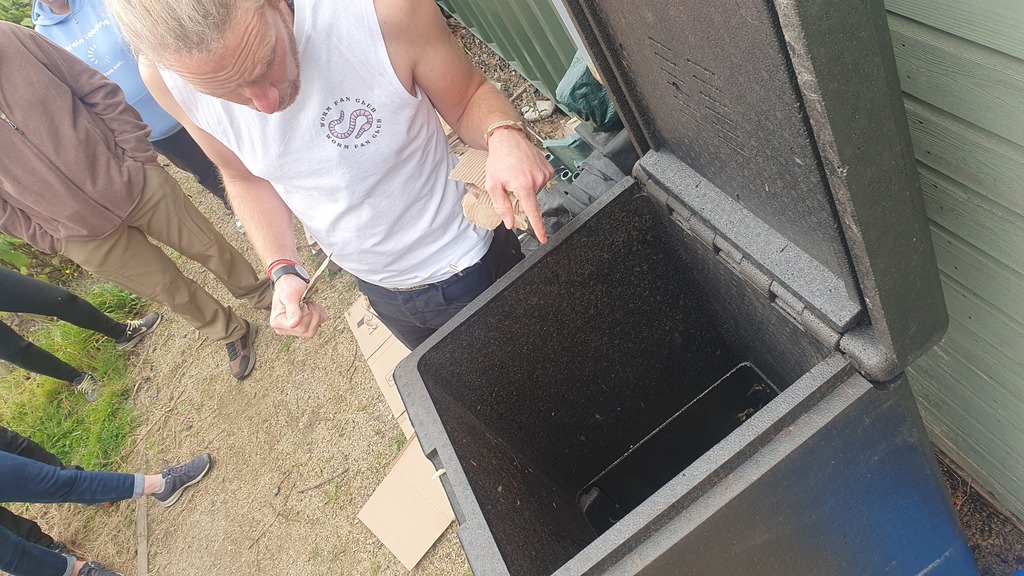
Composting for the future
Composting at home is an excellent way of closing the loop, a permaculture principle that means using everything you can, in the place where it is. It’s also a simple, practical way of both reducing your household’s impact on the climate, and creating a lasting beneficial impact on your local environment.
When you compost at home, you:
- make use of your food waste at the place it was generated, instead of sending it to landfill or away in a truck to be processed by the council;
- don’t need to drive to a garden center to pick up plastic-packaged bags of compost that have been transported from far away;
- create well-structured soil which retains and drains water appropriately, lessening the impact of severe weather;
- create habitats which allow fungi and bacteria to flourish, attracting insects and invertebrates, which in turn bring in birds, hedgehogs and other wildlife – increasing biodiversity in your area;
- boost your garden’s growing capacity, which in turn means:
- locally grown fruit and veg for you, your family, friends and neighbours, and
- thriving, native flowers, which leads to more pollinators.
It’s a positive cycle that can lead to real empowerment at a small scale. And it’s something that your local community can get involved in as well!
